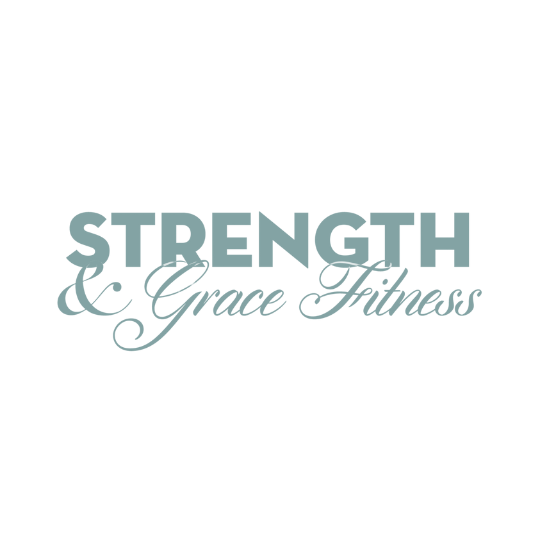Understanding Menopausal Joint Pain—and What to Do About It
If you’ve hit your 40s and started wondering, “Why do my joints hurt even when I haven’t done anything?” — you’re not alone. Women going through perimenopause and menopause often wake up feeling stiff, achy, or even like their bodies are falling apart. And it’s frustrating, right? You’re still active, you’re eating well (most days), and yet your joints feel like they’ve aged faster than the rest of you.
Let’s break down why this happens—and more importantly—what you can start doing to feel like yourself again.
The Hidden Connection Between Menopause and Joint Pain
We often talk about hot flashes, mood swings, or weight gain during menopause, but joint pain? That one doesn’t get enough attention. Here’s the thing: your hormones, especially estrogen, play a massive role in keeping your joints healthy and pain-free.
When estrogen starts dropping in perimenopause, your joint tissues start to lose hydration and elasticity. That’s because estrogen helps keep inflammation down and supports the collagen in your connective tissue. Once that support fades, pain and stiffness creep in—especially in the morning or after being still for too long.
Even more frustrating? This kind of joint discomfort can hit even if you’ve been fit your whole life.
Inflammation: The Silent Agitator
Here’s a big one most people overlook: inflammation increases as estrogen decreases. It’s like a sneaky fire that spreads across your body and settles into your joints. You may not feel sick, but your immune system is reacting in a way that keeps everything inflamed just enough to cause that low-grade, daily pain.
Many women also start gaining weight during this time—often in the midsection. That extra weight adds stress to the knees, hips, and lower back, making joint pain even worse. And let’s not forget fluid retention. That puffiness you feel? It’s part of the picture too.
Movement Matters—Even When You’re Seeking Menopause Joint Pain Relief
One of the worst things we can do when we feel pain is stop moving. But I totally get it: if your joints are screaming, the last thing you want to do is hit the gym. Here’s the truth though—stopping movement only makes things worse.
Joints need to move to stay lubricated. Just like oil in an engine, your body produces synovial fluid to keep joints smooth and mobile. Without regular movement, that fluid production slows down, and everything starts to feel creaky.
The key? Start where you are. Walk. Stretch. Swim. Strength train. Pilates. You don’t need to go hard—you just need to go consistent.
What You Eat Shows Up in Your Joints
Let’s talk about food. Yes, what you eat absolutely shows up in your joints. I’ve worked with countless women who were struggling with pain, only to find massive relief once they cleaned up their nutrition.
Here’s what you want to cut down:
- Sugar (this one’s huge) – check out our free 7 Day No Sugar Challenge
- Processed foods
- Fried foods
- Excess alcohol
- Inflammatory oils (like canola or vegetable oil)
And here’s what you want to add in:
- Omega-3s (think salmon, flaxseed, walnuts)
- Colorful veggies and greens
- Berries and antioxidant-rich fruits
- Bone broth and collagen peptides
- Turmeric and ginger
Also, don’t forget to drink water. Hydration keeps your tissues and joints functioning better, especially if you’re training or spending a lot of time outside in the heat.
Supplements & Recovery Support
While I always recommend talking with your healthcare provider first, many women find relief with natural support like:
- Collagen peptides
- Omega-3 fish oil
- Magnesium (especially for sleep and muscle recovery)
- Vitamin D (critical for bone and joint health)
Sleep also plays a massive role. Poor sleep equals more inflammation and less recovery. And if you’re tossing and turning through the night, your body never fully heals—which only adds to the joint pain.
The Bottom Line: You’re Not Broken—You’re In Transition
This isn’t just about aging. It’s about understanding what your body is going through and adjusting your wellness plan accordingly. Menopause doesn’t mean decline. It’s a signal to shift your approach—and that’s exactly what we do here at Strength and Grace Fitness.
We focus on:
- Reducing inflammation through clean eating
- Using strength training to rebuild support around the joints
- Prioritizing recovery and mindset
- Helping you reclaim control, naturally
You don’t have to live with pain. You just need the right tools—and I’m here to help you find them.
Ready to Feel Better in Your Body Again?
If this post hit home, I invite you to check out our online programs for women over 40 or follow Corry on Facebook or Instagram where we talk all things midlife, muscle, and mindset. You’re not alone—and there is a better way forward. Want to chat with us about your goals Start Here.
